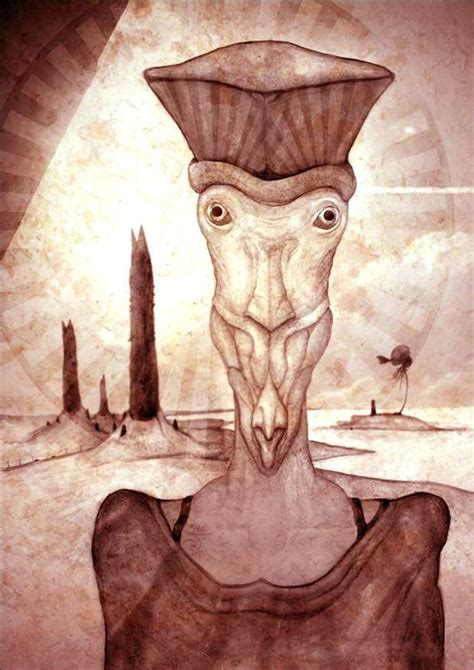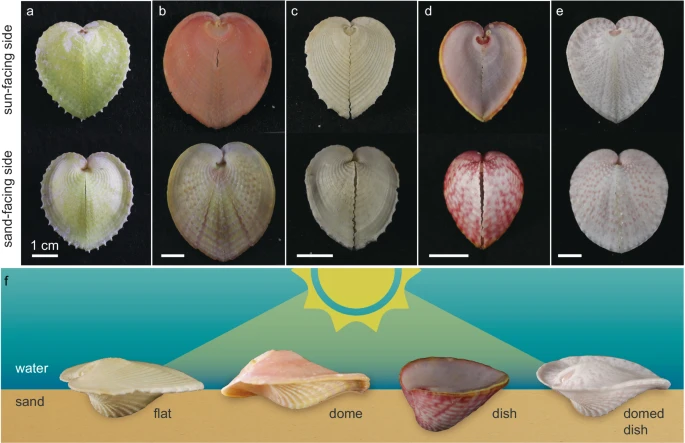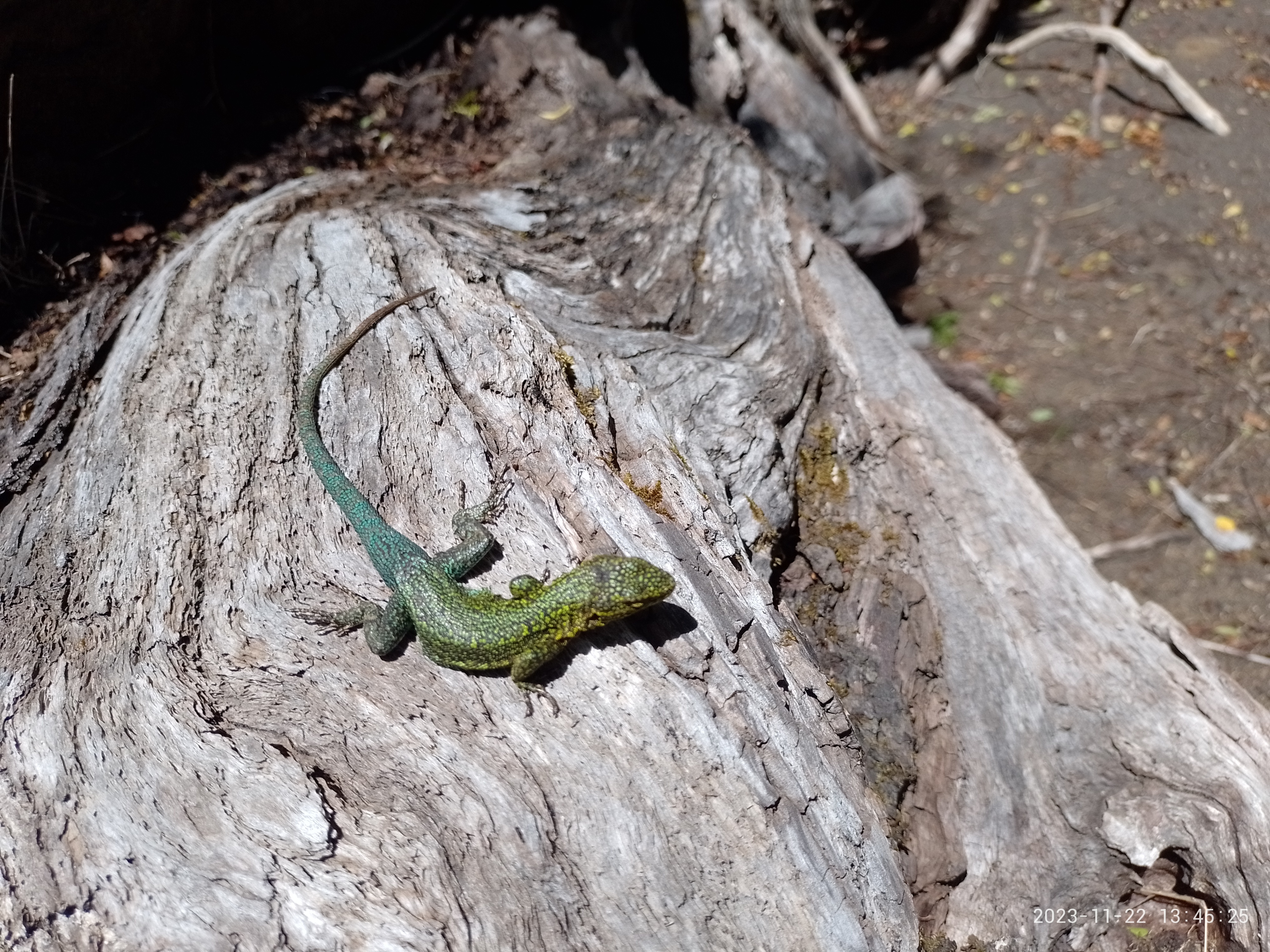cross-posted from: https://lemmy.ca/post/33597552
Summary from the 404 media newsletter
Heart cockles, a group of marine molluscs, contain little communities of algae in their shells as part of a symbiotic relationship; the algae get shelter and protection, and the cockles get algae-processed nutrients.
Now, scientists have discovered that cockle shells have a host of mind-boggling adaptations to keep these algae happy, including windows that offer “the first example of fiber optic cable bundles in a living creature.”
“We show that the fibrous prismatic crystals act like parallel bundles of fiber optic cables in the shell windows, not just transmitting light but projecting high-resolution images through the window,” that have “a resolution of >100 lines/mm,” said researchers led by Dakota McCoy of the University of Chicago.
From the article in the link above:
Fig. 1: Heart cockles (Corculum cardissa and Corculum spp.) are asymmetrical, photosymbiotic bivalves.
Fig. 2: Transparent windows allow heart cockle shells to transmit 11–62% of photosynthetically active radiation (mean = 31%) and significantly screen out UV radiation (mean = 14%, range = 5–28%).
New plant evolution possibility just dropped?
Woow… Amazing!




